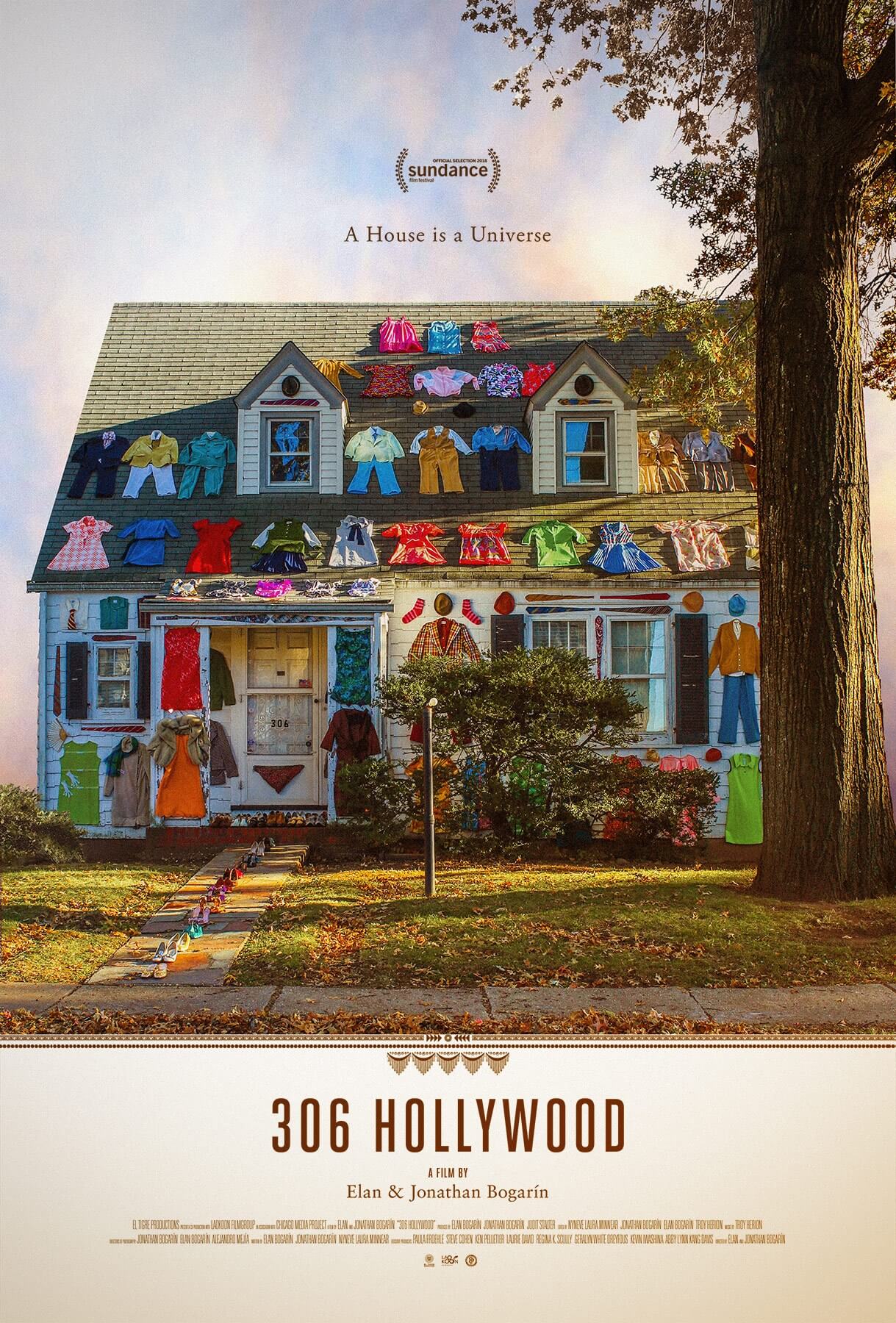The whimsical documentary 306 Hollywood finds magic in the mundane

Any human life, examined thoroughly, would make a worthwhile subject. That’s true in theory, at least, and sibling filmmakers Elan and Jonathan Bogarín attempt to put it into practice with their whimsical documentary 306 Hollywood, titled after the address of the New Jersey house where their grandmother lived for more than 60 years. There’s nothing inherently remarkable about this woman, whose name was Annette Ontell; she worked as a fashion designer, but never achieved any particular renown in that field, and the other particulars of her life are similarly humdrum. Nonetheless, after she died in 2011, Elan and Jonathan decided to make a movie about the year-long process of going through her possessions, supplemented by interviews that they’d started regularly shooting at Grandma’s house a decade earlier. The result feels like an experiment to determine whether sheer creativity can transform the mundane into the magical, and qualifies as a partial success. If nothing else, you have to concede that they tried.
In a way, the Bogaríns’ use of their copious interview footage can be considered cheating, as they’re mostly interested in exploring the ways that a person lives on in the objects they leave behind. Early in the film, they note in voice-over (which alternates between the two of them) that they saw Ontell almost exclusively in her home, to the point where imagining her in other locations is difficult for them. The film illustrates that sense of cognitive dissonance via a quick montage in which they place a dollhouse-sized replica of the house at 306 Hollywood Ave. in various locations that their grandmother would surely have frequented: a diner counter, a parking space, a supermarket aisle. Much of what follows is similarly expressionistic, accompanied by Troy Herion’s infectiously urgent score. Possessions—like multiple Band-Aid tins filled with spare change—get catalogued on screen with Wes Anderson-style symmetrical rigor. When the Bogaríns speak with a “clothing and textile conservator,” who examines the dresses Ontell made to determine their condition and value, the sequence soon gives way to a musical number in which half a dozen young women dressed in identical granny girdles swan their way through the house’s front yard. It’s an extended postmortem fantasia.
Not all of these flights of fancy achieve liftoff. At one point, MIT physicist and author Alan Lightman shows up to explain how the atoms and molecules that had once constituted Annette Ontell still exist, scattered around the globe; this observation inspires him to wax philosophical about the grand mystery of consciousness—fascinating, to be sure, but not exactly germane here. A brief interlude devoted to mold, which gets a dedicated chapter heading, doesn’t really go anywhere. Despite such recurring cutesiness, though, 306 Hollywood makes a strong case that nothing is too ordinary to be transformed and elevated by art. Even the archival footage of Ontell, which would be the focus of a more conventional documentary portrait (to its detriment—she’s sometimes amusing and endearing, but not someone who’d normally enthrall total strangers), winds up being supplanted by scenes in which actors lip-sync, à la The Arbor, to “found audio” recordings of Ontell and her relatives having banal arguments and routine conversations. It’s just enough inspired artifice to make the average register as exceptional. Who lives at 304 Hollywood, or 308 Hollywood? We never find out, but there’s no reason to think that talented filmmakers couldn’t fashion those random lives into a compelling movie, too, if they only put their hearts, minds, and backs into it.